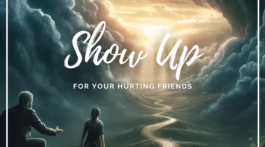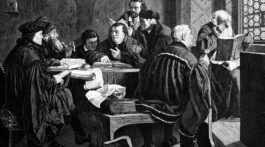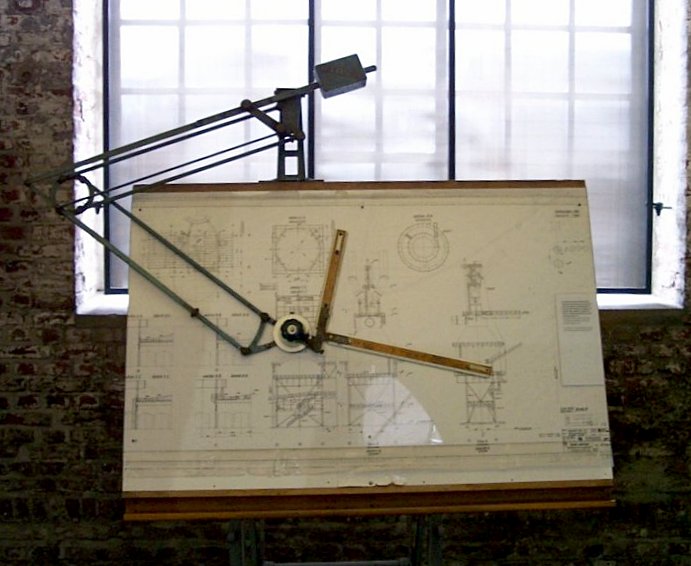In woodworking, the craftsman begins by setting up the tools properly, and construct “jigs,” guides and frames which allow you to rapidly cut and mill identical pieces. In sewing a dress, the pattern pieces must be pinned to the fabric and then the fabric cut. Whatever the project, there is a certain amount of setup required. We have already discussed part of the process of setting up a lesson.
The first step is to identify the main theme of the lesson, the most important concept or understanding you want the class to take home with them. Within this theme, there will be 1 to 5 main points (usually three). Each of these main points may have several sub points. All of this needs to be done as part of your preparation. But this does not complete the setup; far from it.
I’ve already mentioned beginning with a thought-provoking opening statement. In writing, this is called the lede. Some guidebooks will describe this lede as a beginning statement which summarizes what follows. But the best definition of a lede is “something which raises a question or questions in the mind of the reader or hearer.” Note that it doesn’t have to be a question, it simply has to raise a question or questions. Remember that my lede for the lesson on tithing was a provocative statement, not a question. But it certainly raised questions! So if you can, you want to come up with an opening statement that raises a question, ideally a question central to the lesson. In my example, the question is, “If I don’t pay my tithe to the institutional church, who do I pay it to?” And that is precisely the question I wanted the class to think about.
Once you have developed your lesson outline with its main points and sub points, identify the theme — the destination of the lesson — and come up with a good lede, you are almost ready to present the lesson to the class. Ideally, you will come up with good questions for each of the main points. But there’s one more component of the lesson you must identify and prepare: the background.
No passage of the Bible was written into a vacuum; neither was it written directly into our culture, our worldview. Before we can understand what biblical passage means for today, we must first understand what it meant when it was written. If the background material is not lengthy, orders something that is common to lessons that have recently been taught, you may be able to set up the background with a few easy questions. But sometimes, especially at the beginning of a new series of lessons, in order to get to the lesson material, you may have to fill in the background for the class quickly and clearly.
For example, when teaching about the creation narrative in Genesis 1, it would be helpful the class to understand the general mindset of the audience to whom Genesis was written. To explain that for them, there was no divide between the natural and the supernatural — gods were active and present in everything.
Before beginning teaching the gospel of Mark, it would be helpful to know that all scholars believe that Mark got his information from the apostle Peter. Since Peter was a fisherman, whose life previous to Jesus calling on the Sea of Galilee, his influence on Mark’s gospel is particularly evident in the physical relationship between various towns around the Sea of Galilee. Peter, as portrayed in all four gospels, is a man of action. Mark’s gospel reflects this influence by the repeated use of the word “immediately,” or, as the KJV has it, “straightway.” Mark’s gospel is thus the gospel of the sprinter; it’s the shortest, fastest to read from beginning to end, and action-packed.
As background to Joshua chapter 2, the story of the two spies he sent to Jericho, it would be helpful to review the similar episode forty years earlier, when twelve spies had been sent. The contrasts between the two accounts are quite telling. Instead of 12 spies whose names, father’s names, and grandfather’s names we are told, Joshua sends only two unnamed spies.
Some of this information can be elicited with questions, but often, in order to make the questions clear, it is important to understand the background setting for the passage being studied. Generally speaking, this is not addressed in the quarterly. That will be your job as teacher.
Like any other task, it’s helpful to have all the tools in place and readily available before you begin the project. So it is with teaching good lesson. Make sure the class has all the tools, in terms of background information, definitions, organizing principles, and fundamental concepts, so that they can all participate all in the task of discovering meaning in the text.










